The Science Behind Hair Porosity: Understanding Your Hair's Needs | |
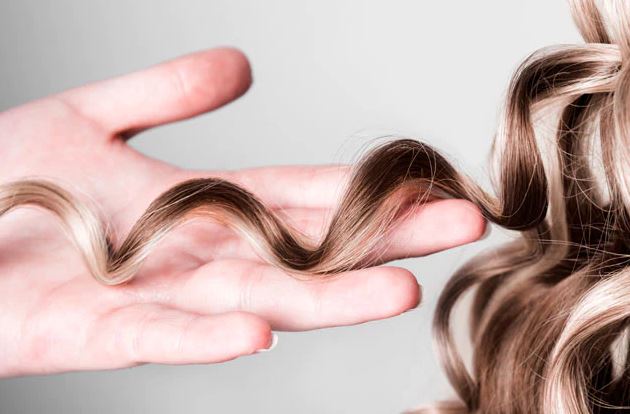
| |
Understanding your hair's porosity is essential for maintaining its health and determining the best hair care routine. Hair porosity refers to your hair's ability to absorb and retain moisture. It plays a significant role in how your hair responds to various products and treatments. In this article, we will delve into the science behind hair porosity, explore the different porosity types, and provide insights into how you can determine your hair's porosity level. By understanding your hair's porosity, you can tailor your hair care routine to meet its specific needs and achieve optimal results. 1. What is Hair Porosity?Hair porosity refers to the hair's ability to absorb and retain moisture. It is determined by the structure and condition of the hair cuticle, the outermost layer of the hair strand. The hair cuticle consists of overlapping scales that can either lay flat or be raised. The state of the cuticle affects how easily moisture and products can penetrate the hair shaft. 2. Types of Hair PorosityHair porosity can be categorized into three main types: low, medium, and high porosity. Let's explore each type: - Low PorosityLow porosity hair has a tightly closed cuticle layer, making it resistant to moisture absorption. The tightly packed scales make it difficult for water and products to penetrate the hair shaft. As a result, products may sit on the hair's surface, leading to buildup and a lack of moisture. Low porosity hair tends to take longer to dry and can be prone to product buildup. - Medium PorosityMedium porosity hair has a balanced cuticle structure, allowing it to retain moisture without excessive loss. The cuticle layer is neither too tightly closed nor too open. Medium porosity hair usually has good moisture retention and is more receptive to hair care products. - High PorosityHigh porosity hair has an open cuticle layer with gaps and holes. This type of hair easily absorbs moisture but struggles to retain it. High porosity hair may be prone to frizz, tangles, and dryness due to the excessive loss of moisture. It can also be more susceptible to damage from heat styling and chemical treatments. 3. Determining Your Hair's PorosityThere are a few methods to determine your hair's porosity level:
4. Hair Care Tips for Different Porosity TypesUnderstanding your hair's porosity can help you tailor your hair care routine accordingly:
5. Frequently Asked Questions (FAQs)Q: Can hair porosity change over time?A: Hair porosity can be influenced by genetics, environmental factors, and hair treatments. While it may not change drastically, certain factors can affect the hair's porosity levels. Q: How often should I clarify my hair if I have low porosity?A: It is recommended to clarify low porosity hair once every 4-6 weeks or as needed to remove product buildup. Q: Can I improve the porosity of my hair?A: While you can't change your hair's porosity permanently, you can improve its condition by following a proper hair care routine tailored to your porosity type. Q: What is the best way to deep condition high porosity hair?A: Deep conditioning with heat is beneficial for high porosity hair. Apply a deep conditioner, cover your hair with a shower cap, and use a hairdryer on a low heat setting to create warmth and enhance product penetration. Q: Can I have different porosity levels on different parts of my hair?A: Yes, it's possible to have varying porosity levels on different parts of your hair due to factors such as damage, chemical treatments, or exposure to the sun. ConclusionUnderstanding your hair's porosity is key to tailoring an effective hair care routine that meets its specific needs. By determining your hair's porosity type and following the recommended hair care tips, you can optimize moisture retention, prevent damage, and enhance the overall health and appearance of your hair. Embrace the science behind hair porosity and unlock the secrets to maintaining beautiful, healthy hair. | |
| Category: Hair Care | |
| Total comments: 0 | |
 |
| Creating a Glamorous Evening Makeup Look |
 |
| 5 DIY Face Masks for Radiant Skin |
 |
| The role of fashion bloggers and influencers in the industry |
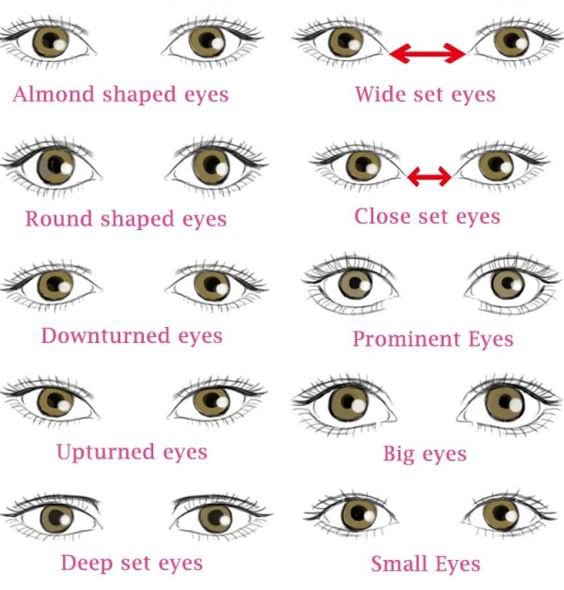 |
| How to determine my eye shape |
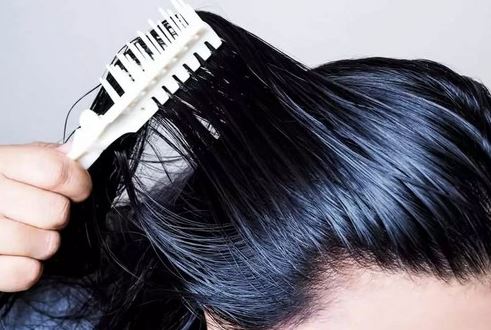 |
| Natural Remedies for Oily Hair and Scalp |
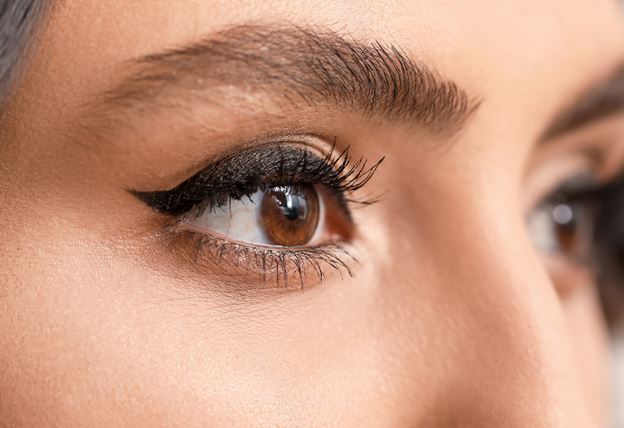 |
| The Art of Winged Eyeliner: Techniques for the Perfect Flick |
 |
| Iconic fashion moments in film and television |
 |
| What is a Drink Tumbler? Exploring the Perfect Beverage Companion |
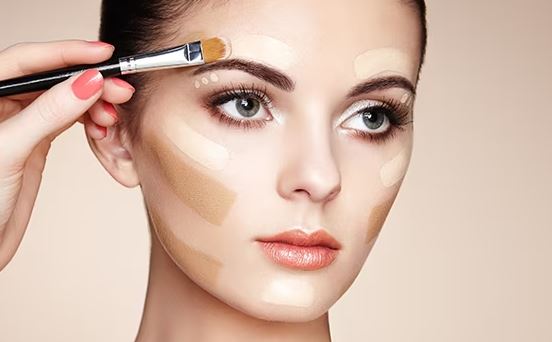 |
| The Ultimate Guide to Finding Your Perfect Foundation |
